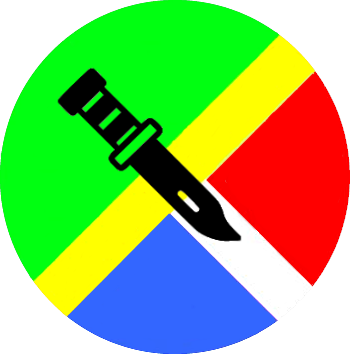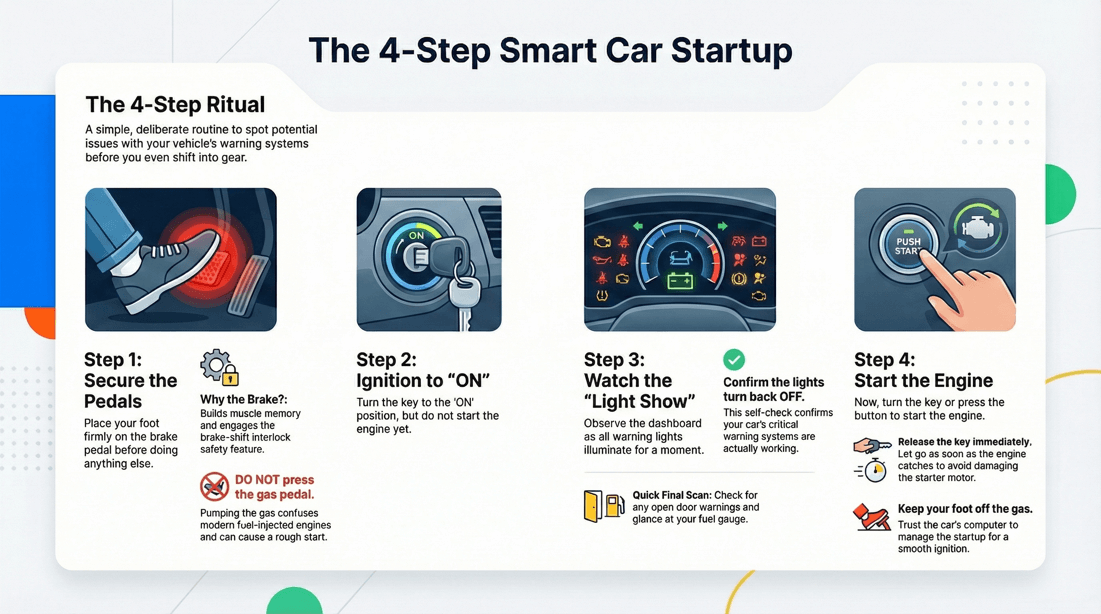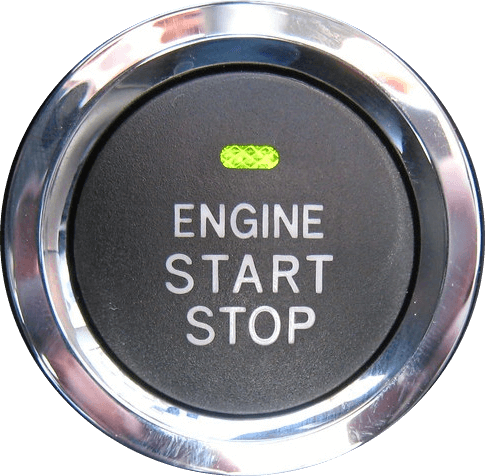Startup
⫸ Free YouTube Subscription
The moment your engine starts is more than just the beginning of a drive, it is your first opportunity to make a safe, focused, and deliberate transition from stillness to motion. These first few seconds are vital for setting the tone of the entire trip. A well-practiced startup routine helps prevent problems before they arise and supports confident, defensive driving from the very start.
What should you check immediately before starting your engine? Why is it important to pause and observe your dashboard warning lights before shifting into gear? How do you know if your vehicle is truly ready to move? What signs might point to a mechanical issue that needs attention? How can you avoid rushing this step and remain focused as you begin to drive?
This page provides clear, practical guidance on vehicle startup procedures that strengthen safety and awareness. With a few intentional steps, you can spot early warning signs, reduce risk, and prepare yourself and your vehicle for the road ahead. By following this simple routine, you reinforce safe habits that support smoother, more secure driving every time.
Follow these steps when starting the vehicle.
⧋


